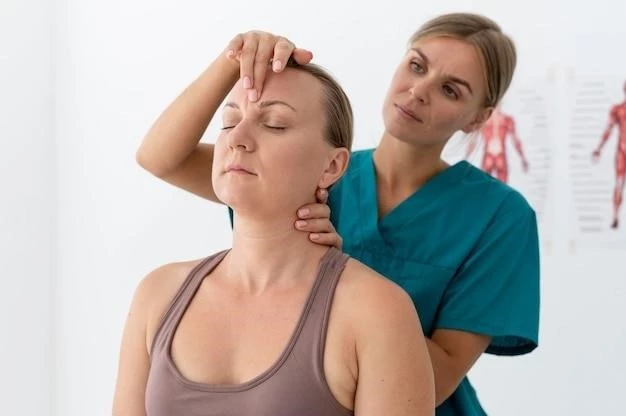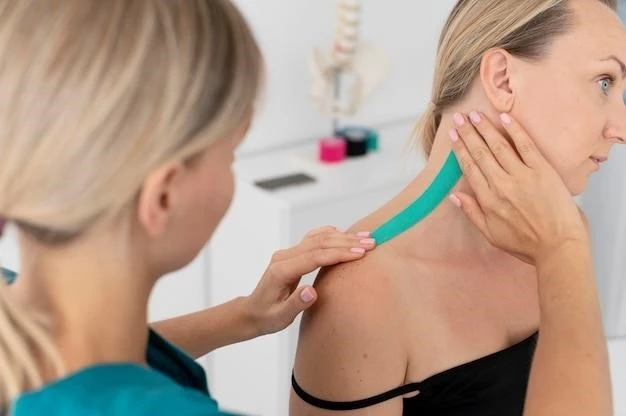Symptoms of Acrofacial Dysostosis Rodriguez Type
- Underdeveloped or absent facial bones
- Malformed limbs and fingers
- Wide-set eyes and downslanting eyelids
- Cleft palate or lip
Common Symptoms
Acrofacial Dysostosis Rodriguez Type may present with underdeveloped or absent facial bones, malformed limbs and fingers, wide-set eyes, downslanting eyelids, and the occurrence of cleft palate or lip. These symptoms can vary in severity and may impact an individual’s overall quality of life.
Causes of Acrofacial Dysostosis Rodriguez Type
Genetic Causes
Acrofacial Dysostosis Rodriguez Type is typically caused by genetic mutations. This condition is believed to be inherited in an autosomal recessive pattern, which means that an individual must inherit two copies of the mutated gene ─ one from each parent ‒ to develop the disorder. These genetic changes can impact the development of facial bones, limbs, and other features characteristic of the condition.
Treatment Options for Acrofacial Dysostosis Rodriguez Type
Medical Interventions
Treatment for Acrofacial Dysostosis Rodriguez Type focuses on managing symptoms and addressing specific needs of the individual. This may involve surgeries to correct facial or limb abnormalities, speech therapy for cleft palate/lip, orthopedic interventions, and ongoing medical monitoring to optimize quality of life.
Diagnosis of Acrofacial Dysostosis Rodriguez Type
Diagnostic Procedures
Diagnosing Acrofacial Dysostosis Rodriguez Type may involve genetic testing to identify specific mutations, physical examinations to assess facial and limb characteristics, imaging studies such as X-rays or CT scans, and consultation with a multidisciplinary team of specialists to confirm the diagnosis and create a tailored treatment plan.
Prognosis of Acrofacial Dysostosis Rodriguez Type
Long-Term Outlook
The long-term outlook for individuals with Acrofacial Dysostosis Rodriguez Type can vary, depending on the severity of symptoms and management strategies employed. Regular medical follow-ups, surgical interventions, ongoing therapy, and support systems can significantly improve quality of life and overall prognosis of affected individuals, allowing them to lead fulfilling lives despite the challenges associated with the condition.
Research Updates on Acrofacial Dysostosis Rodriguez Type
Current Studies
Ongoing research on Acrofacial Dysostosis Rodriguez Type aims to further understand the genetic mechanisms underlying the condition, explore potential treatment advancements, and improve diagnostic methods. Clinical trials and collaborative studies are integral in enhancing the care and outcomes for individuals affected by this rare genetic disorder.

Support Resources for Acrofacial Dysostosis Rodriguez Type
Supportive Services
Support resources for Acrofacial Dysostosis Rodriguez Type include genetic counseling services, specialized medical care centers, online support groups, and access to physical and occupational therapy. These services offer valuable assistance, guidance, and community to individuals and families affected by this rare genetic disorder, fostering a network of support for those managing the challenges of the condition.
Living with Acrofacial Dysostosis Rodriguez Type
Day-to-Day Management
Living with Acrofacial Dysostosis Rodriguez Type requires a multidisciplinary approach including regular medical check-ups, adherence to treatment plans, and ongoing support from healthcare providers. Psychological support, educational resources, and adaptive technologies can aid individuals in optimizing daily routines and overcoming challenges associated with the condition, promoting overall well-being.
